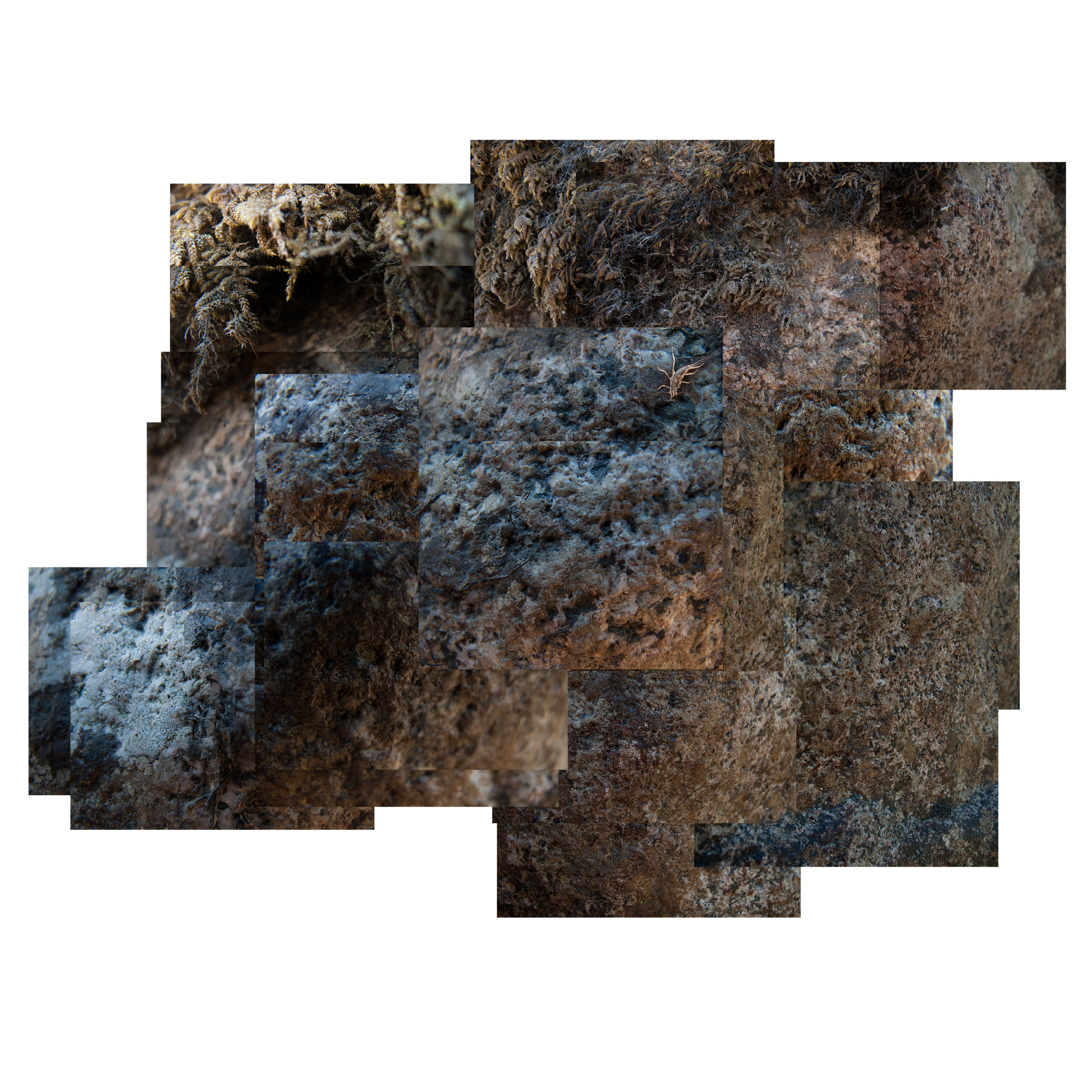I've long been an admirer of and influenced by the work of collaborative duo James Hajicek and Carol Panaro-Smith. I discovered their photogenic drawing work around 2004-2005 when I was really getting into making Lumen prints.
Their work hearkens back to, and indeed is directly born from William Henry Fox Talbot, the originator of photogenic drawings, the experiments for which began in 1834. He discovered that paper coated with a salt solution, then brushed with silver nitrate turned black when exposed to light, and a final coat of salt halted that darkening. He then made what is essentially a photogram, placing botanical specimens on the sensitized paper, and exposing it to sunlight. Thus, the "photogenic drawing," and one of the first successful photographic processes was born.
Today, James and Carol use variations of Talbot’s early formulas, and create beautiful pieces that are layered, possess depth, and have fantastic textures. I remember being stunned at the colors and textures the first time I saw their work, and those same feelings return each time I look at their work.
Earth Vegetation 08/17
Their compositions are so simple and organic, as if they clamped the plants between the glass and paper right where the plants grew out of the dirt.
Earth Vegetation 06/01
A paragraph, and specifically the last half of it, of their artist statement for their latest body of work, Arc of Departure, resonates in me, and describes the experience of making this sort of work so much better than I’ve been able to in the past:
“The work evolved in stages from its initial intellectual underpinnings through a focus on the physicality of the remaining organic artifact to the spirituality of experiencing “the awe” of being in the immediate presence of this sacred transformative act - magic in its very essence, ruled by serendipity, elusive mysteries, fugitive images, and the ruling master of all – the ultimate impermanence of everything.”
Arc of Departure 09/09
Be sure to visit their website, and you can read an article about their work on Lenscratch. It’s well worth it to spend some time with their work, which can be seen at the Joseph Bellows Gallery, the photo-eye Gallery, and the Tilt Gallery.









